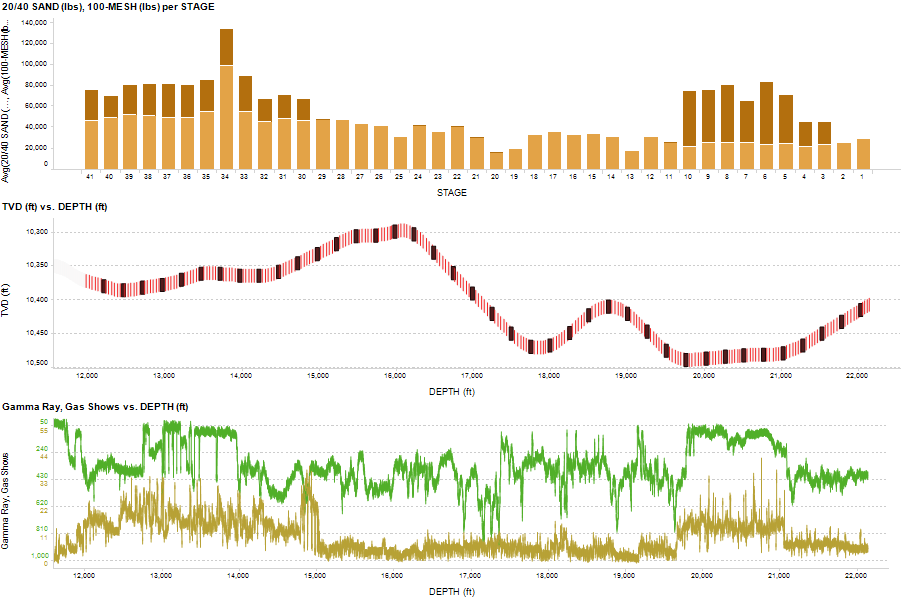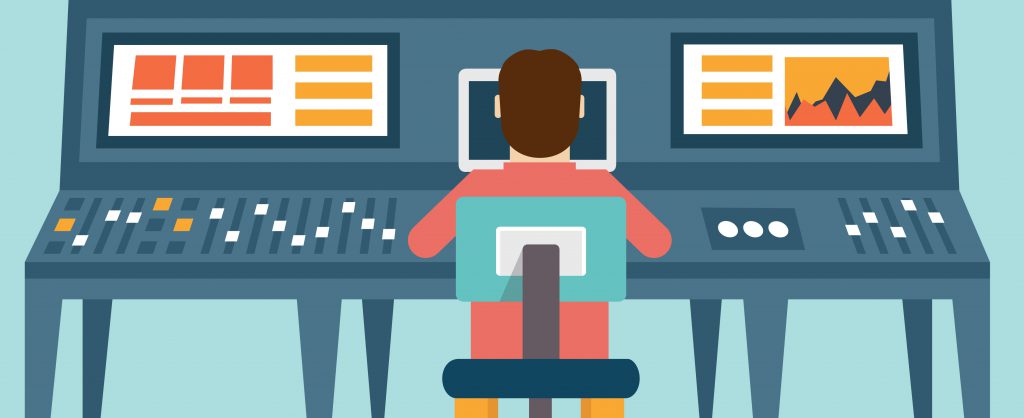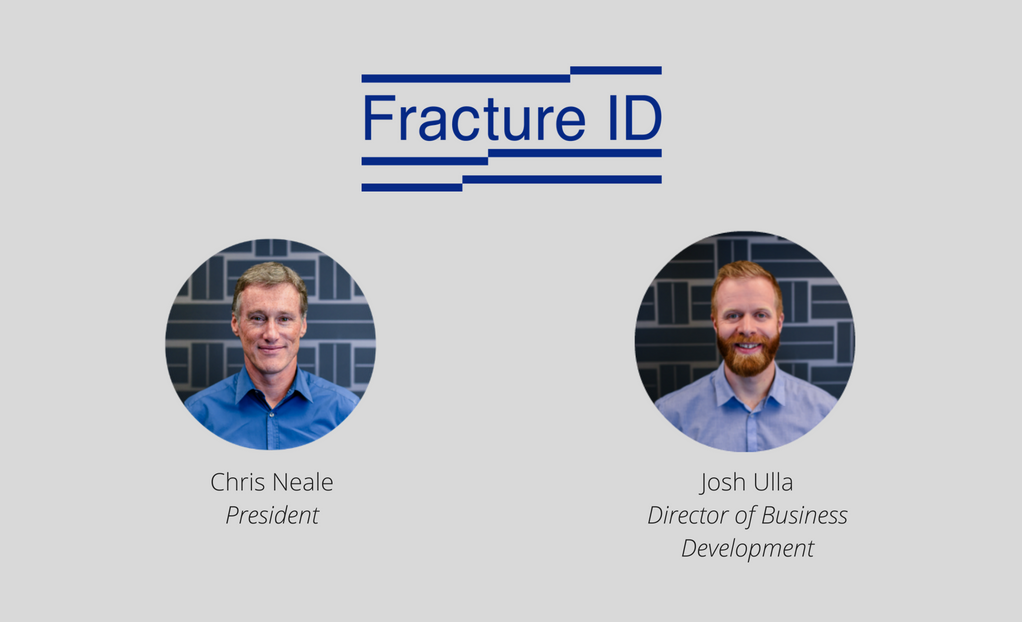Discover the latest news, trends and happenings at Well Data Labs

Visualizing the Big (data) Picture
For many operators, it seems like the well is a baton handed off from the drilling team to the completions team to the production team. Each group has their own tools, their own questions, and their own ideas about what makes for a quality well. But at the end of the day, the only thing that really matters is the performance of the well itself – is it producing or not?
I’ve been reading more and more articles with the same thesis: as the amount of data collected on unconventional plays increases, it can be used to build advanced analytics that drive towards successful wells. But this data only really begins to be meaningful when it is interconnected with other big data sets. True data integration across teams has an immense potential for answering challenging questions about the relationship between the decisions made at each stage of a well’s life and its performance.
Well Data Labs awarded $250,000 Advanced Industries Accelerator Grant
The Colorado Office of Economic Development and International Trade (OEDIT) announced more than $3 million in grants to 15 Colorado companies, including $250,000 to Well Data Labs, Inc. The non-dilutive grant will support Well Data Labs’ growth as a SaaS solution supporting the oil and gas industry.
“This Advanced Industries Accelerator Grant offers us an opportunity to further scale Well Data Labs and position our product as a leader in oil and gas analytics software,” said Josh Churlik, Well Data Labs’ co-founder and CEO.
What Computers Can do for Your Oil & Gas Data that Humans Cannot
Guest Post by Ky Kiefer
We often design hydraulic fracturing treatments around historical success. We look to the successes (and failures) of “wildcatters” of the past and attempt to replicate treatment designs. Once we have a baseline treatment that tends to perform within a formation, we strive for continuous improvement by adjusting our baseline treatment in controlled ways and, all the while, evaluating the efficacy of each adjustment. These kinds of experiments are conducted by scientists, engineers, and statisticians in the lab and field with tools such as Excel, SpotFire, proprietary simulation software, and various programming languages. However, the full power of data is just beginning to be leveraged industry-wide for two reasons:
Diverter Effectiveness – Analyzing One Piece of the Puzzle

In today’s industry climate, operators are relying on large data sets more than ever to make intelligent design decisions when it comes to drilling and completing wells. The first step in making those decisions is establishing a detailed understanding of what happened in previously drilled wells. But, as any engineer who has attempted such an endeavor clearly knows, this is more easily said than done. Many of the data sets vital to understanding the full story of what happened on an old well are challenging to analyze, much less compare against each other. At Well Data Labs, we work to make one of these data sets, detailed frac data, structured and useful for engineers so that they can answer questions and gain the insight needed to do what they do best: design more efficient wells. To better understand what happens when engineers are armed with the right data, we sat down with Darren Kirkwood to discuss the analysis he was able to carry out on completions data using the Well Data Labs application during his time at Fuse Energy.
Oilfield Data Analysis in the News

The latest edition of the Oil and Gas Financial Journal has dropped, and we are excited to share that Well Data Labs, along with three other fantastic Denver-based companies (PetroDE, FractureID, and Wizdom Land Solutions), are discussed in the feature article “Exciting Times in Oilfield Technology.” As cool as it is to see our name on the fresh ink of a major E&P publication, we are even more thrilled to see the interest that the industry is taking in truly understanding their vast wealth of data. A common theme that we hear when talking to engineers is that completion designs could be much better if they had the time, tools, and data to quickly evaluate design decisions. Innovative technology is giving engineers a little bit more of all three, and we can’t wait to see what they will do.
Check out the article or the full March 2017 issue of the Oil and Gas Financial Journal.
What is WITSML?
It’s the 1970’s and it’s a boom time for oil and gas – all the major players of today and yesterday operate rigs throughout the country’s oil fields. The only thing the rigs produce in more volume than resources? Data.
The problem is that it’s the 1970s, and there’s no common language for that data. Copious amounts of it simply get lost in transit from the field to remote facilities – data that could be used to evaluate rig performance, analyze formations and more.
Spotlight On: Fracture ID
Identify Well-to-Well Variability with Fracture ID’s Drillbit Geomechanics™
The Well Data Labs ‘Spotlight On’ Series takes a look at the technology being deployed on pads across US shale plays. Whether it’s a new service being rolled out by Big Blue or Big Red, or a largely untested solution from a startup – we highlight interesting tech and give you the resources you need to evaluate its usefulness for your own operation. Have something you want highlighted? Shoot us a note at info@welldatalabs.com!
For as long as we’ve been working to get oil out of the ground, the equation for stability and profitability looked like this:
Figure out the most economical drilling setup and replicate it across every well. If you need more efficiency, optimize your setup.
But what if we’ve been going about it backwards? What if, in a world of $45/barrel and not $100/barrel oil, the most economical thing to do is to vary your completion methods from well to well, increasing your efficiency and reducing waste?
Denver-based oil and gas service company Fracture ID believes revolutionary, affordable, scalable technology will drive a future where operators can be more agile in their well-by-well deployments – resulting in more efficiency and lower costs. read more…
The Refrac: Pumping New Life Into Shale
For as long as hydraulic fracturing, or fracing, has existed, the story goes the same way.
A well is drilled, cased, completed, and put on production. And the story always ends the same way too – eventually the well runs dry. Companies move on to tap new wells because the play is played out.
Right? Well, maybe not. Since the start of the downturn two years ago, more and more companies are evaluating the idea of trying to pump some new life into old wells.
Enter refracing (or hydraulic refracturing), and enter the industry’s latest attempt to stay alive in a low price environment. read more…
Pretty Treating Plots Don’t (Necessarily) Mean Pretty Production
I’m not an engineer. I was headed that way during my first year of undergrad at Virginia Tech’s College of Engineering, but I eventually yielded to the tempting promises of entrepreneurship proffered by the business school. Now, a decade later, I find myself leading business development for a tech company, but spending a significant portion of my time attending professional engineering lectures and trying to dissect and interpret fluid mechanics. I should have stayed in school… read more…
Bridging the IT Divide – Part 2
This is a series of guest posts by author and industry-insider Jim Crompton. Crompton is an Energy Advisor for Rocky Mountain Innosphere and an independent consultant through Reflections Data Consulting LLC.
Getting to know IT
I hope that I am catching you before you have formed too critical of an opinion of your IT department. I know that the coffee pot conversations can sometime get pretty tough on IT. I can still remember when I was first transferred into the IT department (with a considerable promotion), and all I got from my former peers from earth science was skepticism, condolences and criticism. “What did you do wrong to get that job?,” they asked me. But IT is not that bad and the work they do is critical to the running of your company. So let’s talk about why they are not always on your side.


